
Old Western movies had a habit of mixing up a good story with actual history. It worked, but it also left behind plenty of wrong ideas about life on the frontier. Some are small exaggerations, others are way off. Think you can spot them all? Keep reading and find out.
Cowboys Rarely Wore Perfectly Clean Clothes

Cowboys spent most of their time outdoors working with livestock, traveling long distances, and dealing with unpredictable weather. Clean clothes were not a priority compared to having durable, practical gear. Unlike the polished appearance often seen in Western films, real cowboys typically looked worn and dusty by the end of each day.
Horses Were Precious And Rarely Overworked

Horses were essential for survival and travel, so their care was a top priority. Riders ensured they rested and ate and drank regularly to avoid exhaustion. Injuries could set back cowboys, ranchers, or travelers. However, films often misrepresent this by showing endless galloping, ignoring the reality of horse health and preservation.
Gunfights Were Not Common On Main Streets
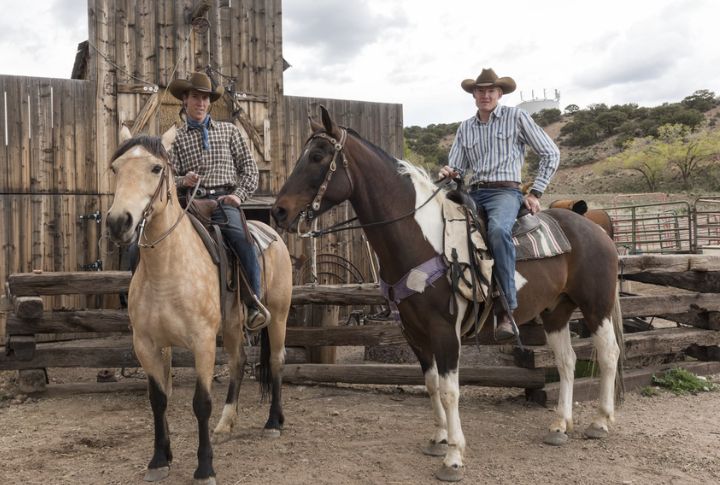
Gunfights were uncommon in frontier towns, which prioritized order and safety. Visitors often had to leave their guns behind, and law enforcement worked to prevent violence. Unlike how Western films portray the West, shootouts were rare because communities focused on attracting settlers and traders by maintaining peace.
Native Americans Were Not Always Hostile
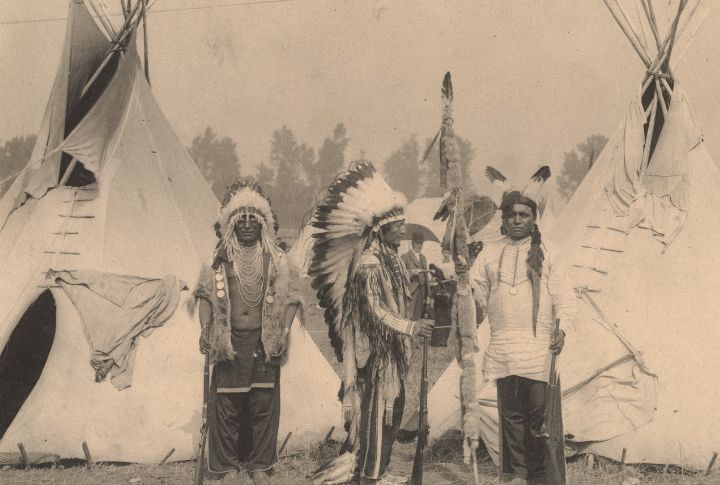
Many Native American groups built alliances and trade networks with settlers, though responses varied. Some tribes, such as the Apache, resisted more aggressively. The 1864 Sand Creek Massacre escalated tensions in Colorado, disrupting diplomacy. Even so, peaceful interactions remained a key part of frontier life in many regions.
Saloon Life Was More Tame Than Portrayed

Saloons offered meals, drinks, a community space, and more—often under curfews and licenses. While generally orderly, violence surged during boomtown moments like Deadwood’s 1876 gold rush. These venues also hosted civic meetings and business deals, making them more structured than the chaotic saloon scenes often seen in films.
Quick Draw Duels Were Largely A Myth
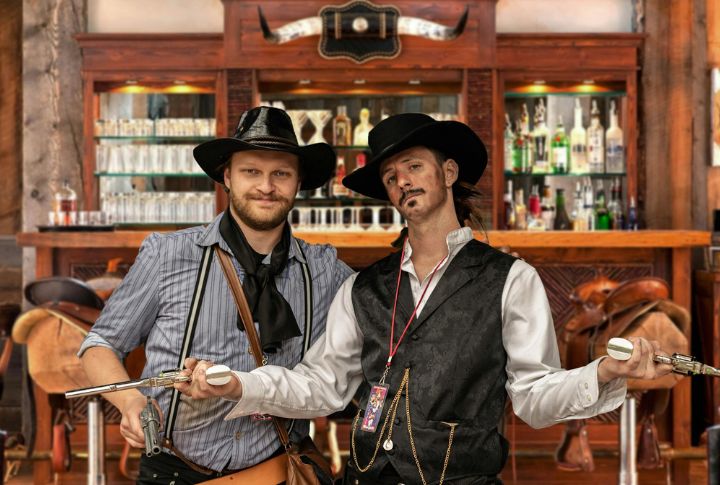
Western movies exaggerate the idea of formal duels with quick draws in public squares. Carrying guns openly was uncommon, and most disputes were settled without violence. When fights happened, they were sudden and unplanned. Fast draws and staged duels became popular later through novels and films, not real frontier life.
Women Played Larger Roles Than Shown In Films
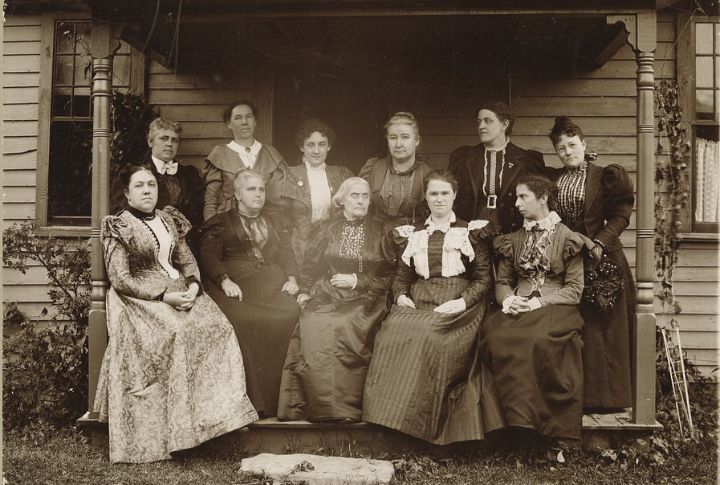
Women played key roles on the frontier, running businesses and managing farms as well as starting schools. In some areas like Wyoming, women gained the right to vote long before national laws changed. Films often overlook these contributions, portraying women as secondary figures instead of active participants in settlement and growth.
Sheriffs Were Not Always Fearless Heroes
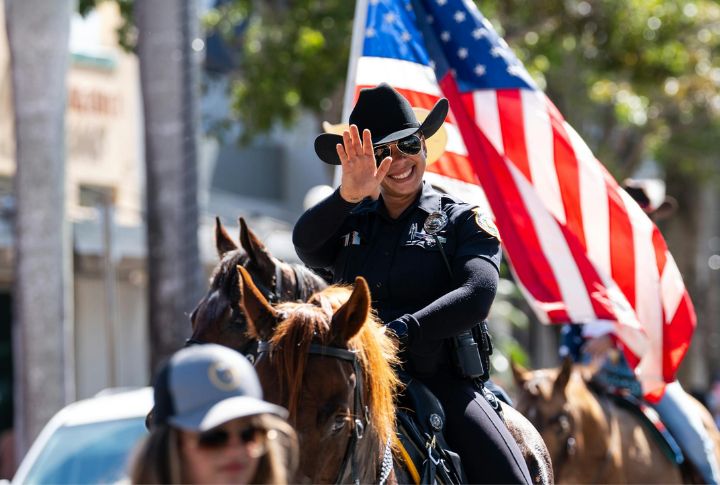
Lawmen in the West held elected positions and were often tied to local politics. Some prioritized alliances with influential townspeople over enforcing strict laws. Many solved disputes through negotiation. While some sheriffs were brave, others focused on protecting economic interests or keeping peace quietly.
Settlers Were Not All Rugged Individualists
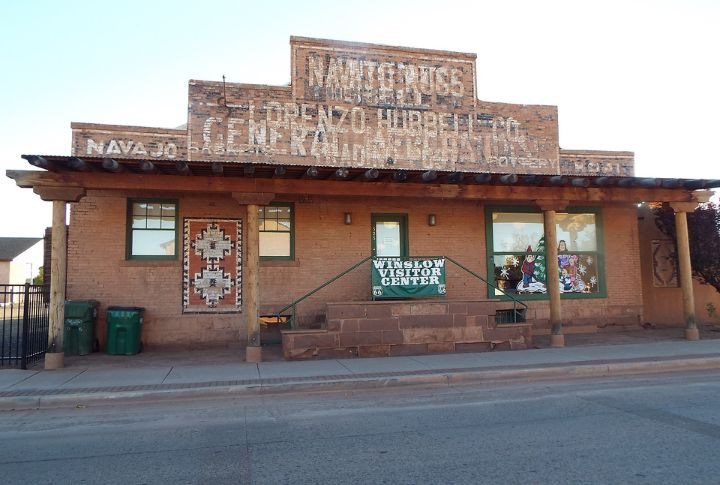
Settlers on the frontier relied more on cooperation than individual strength. They built communities, established schools, and helped each other with farming and home repairs. Some even helped defend properties. Real success came from shared resources and teamwork (instead of aloofness) to meet daily life challenges.
Western Towns Had Strong Legal Systems Early On
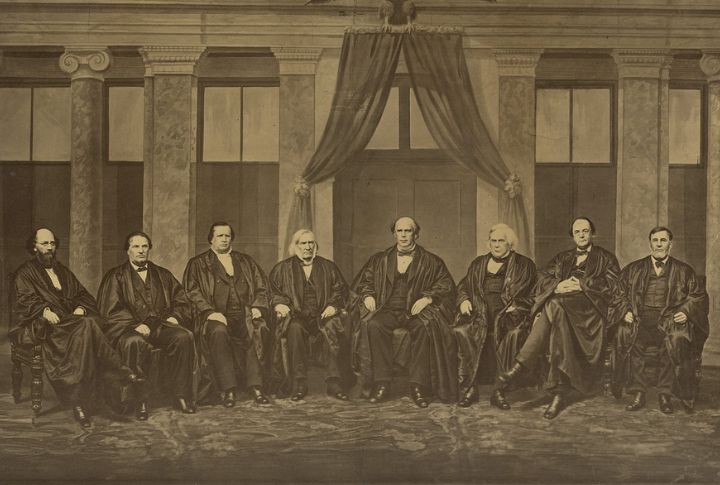
Many Western towns established legal systems shortly after being founded, though early mining camps were often lawless. Town councils created laws and handled taxes to help communities grow. By the 1870s, places like Dodge City had courthouses, jails, and marshals—prioritizing stability over the violence often shown in films.

